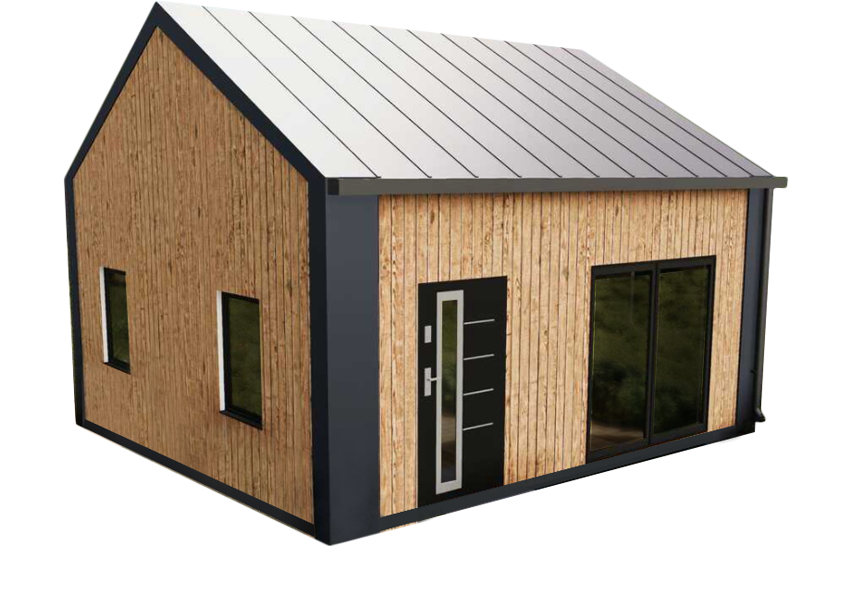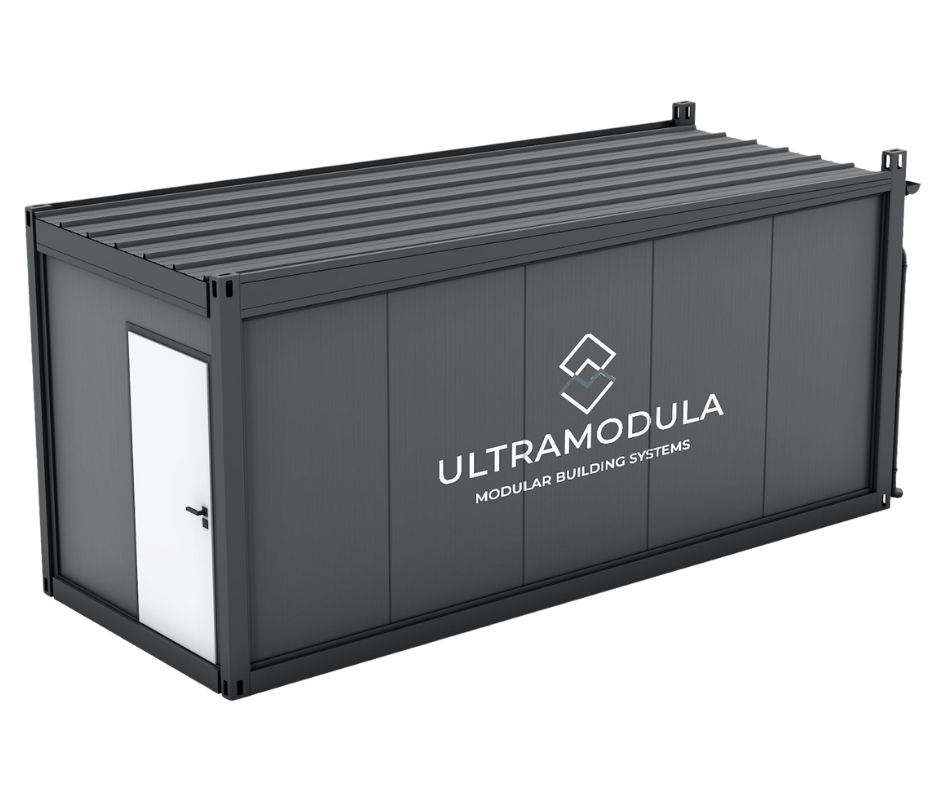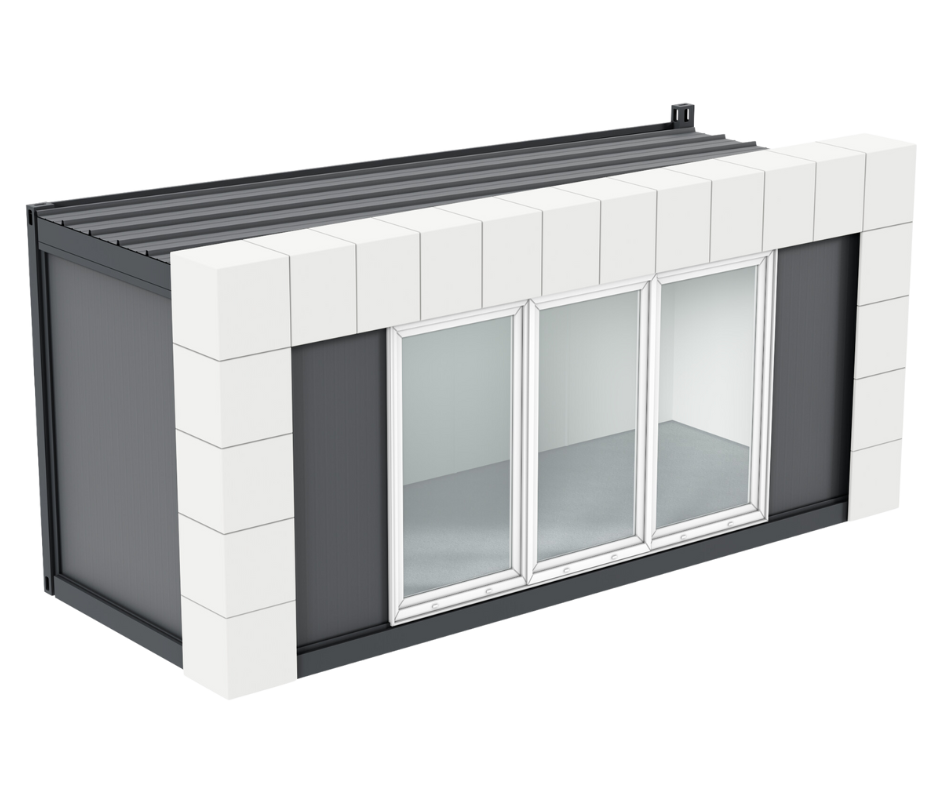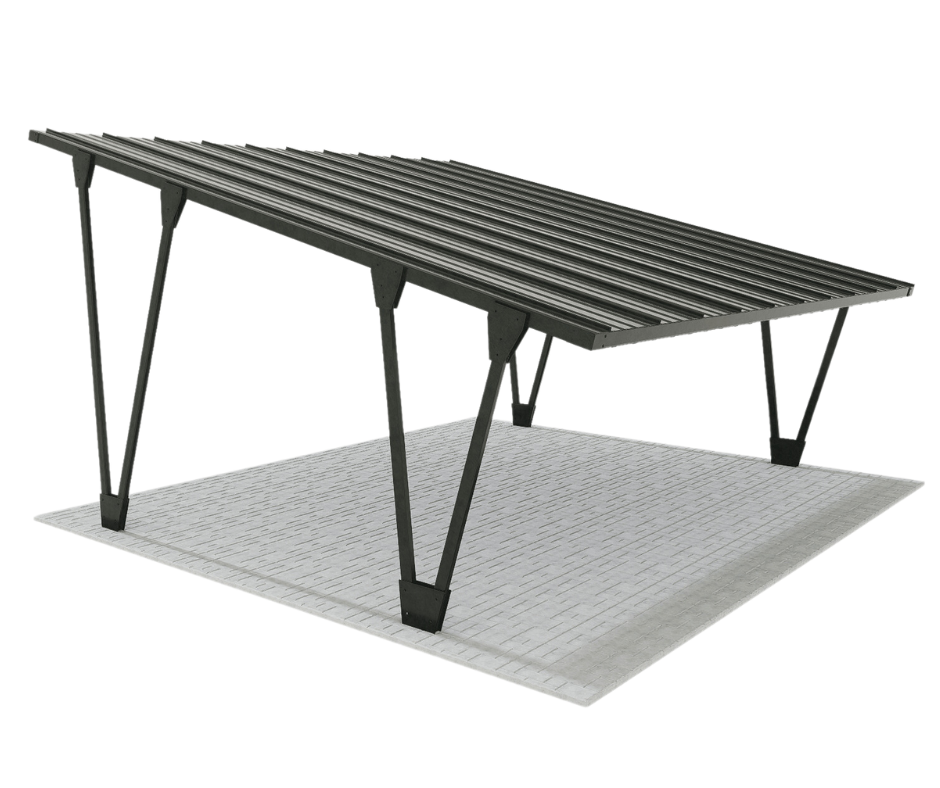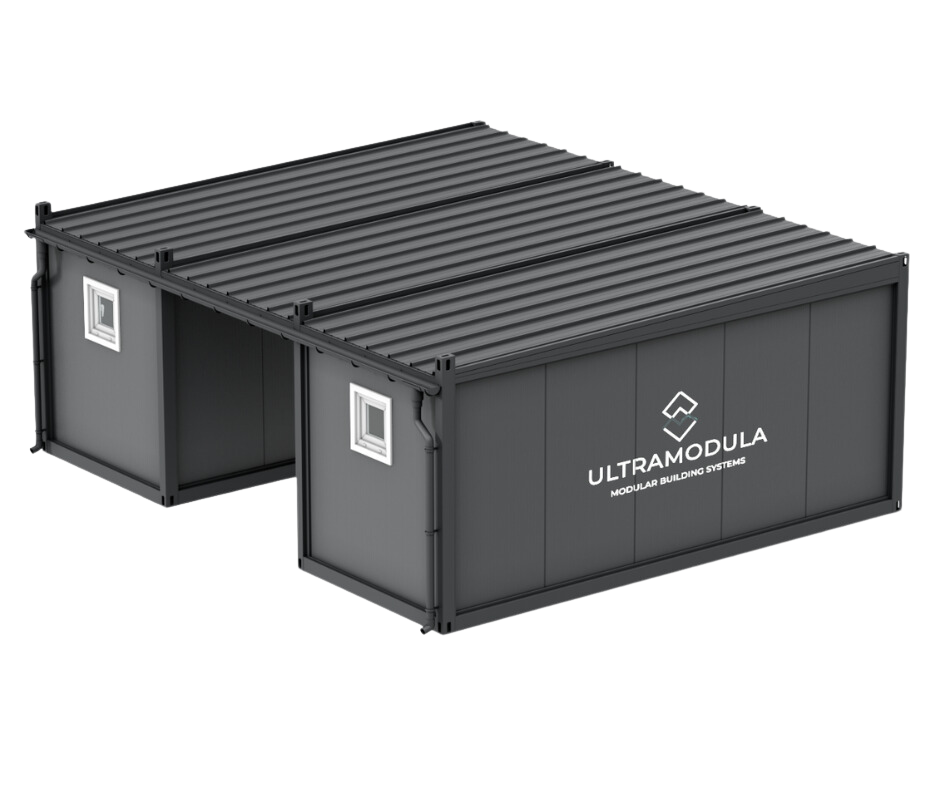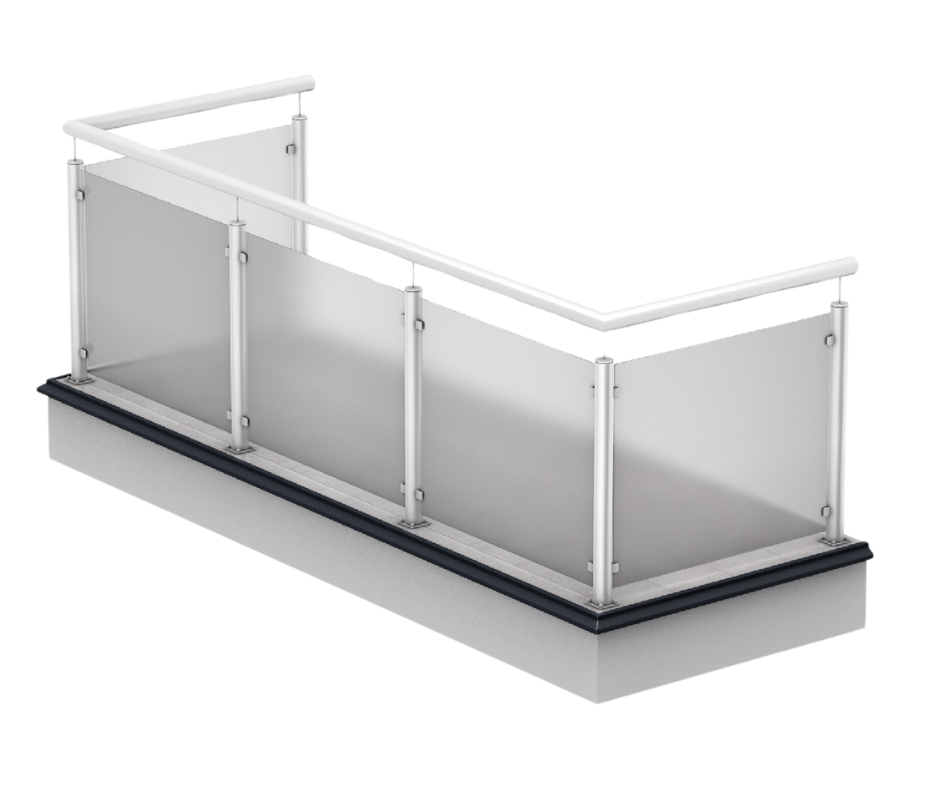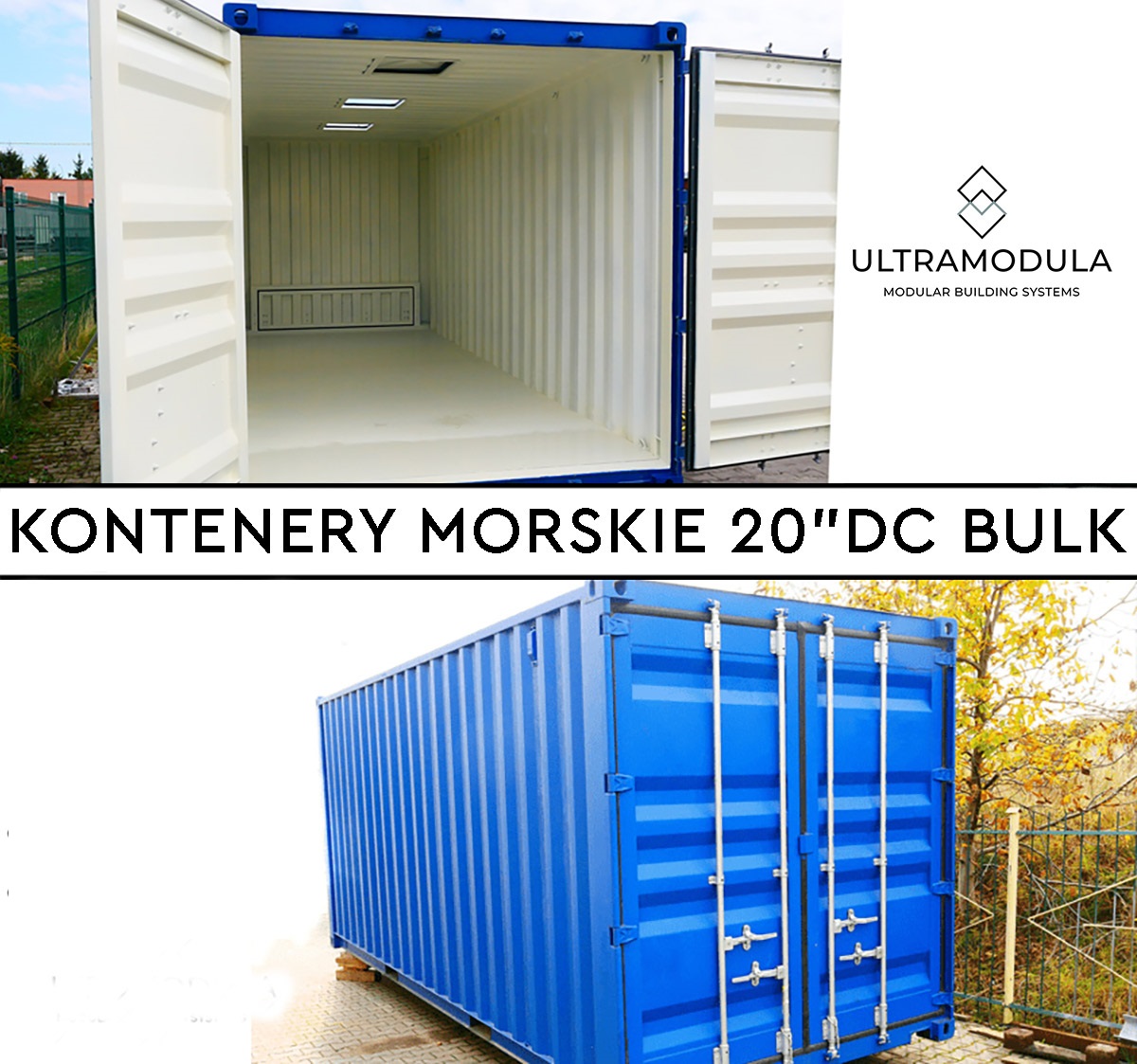
SEA CONTAINERS TYPE 20″ DC BULK with food certificate 👍 is a permanent sales offer in Ultramodule ❗❗
Sea transport from the times of Vasco to Gama and Christopher Columbus is still gaining in importance. Although it used to have no competition, and now you can choose between sea, land or air, transporting goods by ship is still number 1. This is mainly due to the possibilities offered by container shipping, i.e. scale: one container ship can transport much more than, for example, by plane. And this, in turn, translates into a favorable price.
Maritime transport
According to the definition, sea transport is the forwarding of goods by water, specifically across the oceans and, as the name suggests, across the seas. Due to the distance traveled, it can be divided into:
- coastal sea transport
- domestic sea transport
- international sea transport
Ship transport has many advantages over other methods of transporting goods. The first of them is the size of a single load mentioned above, incomparably larger than in the case of road or air transport. The second, certainly no less important, is the cost, which is significantly lower, which has a huge impact on the final price of the product. It is also worth emphasizing the fact that when choosing transport containerized (i.e. in practice most often sea) you can adjust the type and size container sea to suit your needs. The only thing in which air or rail transport is ahead of transporting goods by ship is time - by plane or train, the delivery will always arrive faster.
Transport optimization: how to choose the size of a sea container?
An important advantage of sea transport is its relatively low cost, but for this to be the case, the size of the container must be properly adjusted to the amount of goods. Although it seems obvious, it is not always simple.
What made container transport unrivaled is the standardization of dimensions containers. The dimensions of sea containers and their weight are defined by the international standard ISO 668 Series 1 freight containers – Classification, dimensions and ratings. It was first published in 1968 and since then it has been modified and supplemented with new items many times.
Container sizes
The most common division of containers in logistics today is the one on containers 20 and 40 feet, as well as those with a standard height and the higher HC version, ie high cube. Among people who deal with the broadly understood forwarding on a daily basis, terms are used twenty and forty relating to length containers. It is the 20 and 40 foot facilities that make up the majority of all types of containers in use.

CONTAINERS SEA TYPE 20 "DC BULK with food certificate 👍 is a permanent sale offer in Ultramodula ❗❗ Application in transport: • Coal • Pellet • Cereals • Oversized • Fertilizers and loose products Capacity: 33,2 m3 Price: from $ 7000 Contact: ☎ 734- 734-439, ☎ 734-734-639
The table below presents a summary of basic sizes. Crucially, for optimal packing of container ships, the length of the 40ft container has been chosen so that two 20ft containers can be placed on top of (or underneath) while maintaining the appropriate 3-inch spacing.
| Name | Length x Width x Height | Volume |
| 20ft (20ft) | 20 ft x 8 ft x ft 8,6 in
6,1m x 2,4m x 2,6m |
~33m3 |
| 40 ft (40 ft) | 40 ft x 8 ft x ft 8,6 in
12,2m x 2,4m x 2,6m |
~66,9m3 |
| 40 ft HC (40 ft high cube) | 40 ft x 8 ft x ft 9,6 in
12,2m x 2,4m x 2,9m |
~76m3 |
Container capacity and weight
to choose a size sea container, you need to know not only its size, but above all its load capacity and own weight. Why is it so important? The ISO standard precisely defines the gross weight of containers, i.e. the maximum total weight of the container with the load. And the curb weights may be different for the same size of containers. The discrepancies are due to many factors, such as the materials used by individual manufacturers. The protections that the containers are equipped with are also important, because each element, for example a safety staple, is another kilogram. And each of these kilograms must be included in the final weight of the container.
And so the permissible gross weight of 20-foot and 40-foot containers is 30480 kg, which is over 30 tons. When choosing the size of a sea container for your load, you need to look at the weight as well as the size. If the transported goods are small in size but heavy in weight, smaller will certainly be better container. However, for products with a larger volume and lower weight, the larger version will be better.
LCL or FCL transport?
When choosing container transport, you can often meet the term FCL shipment or LCL shipment. These abbreviations stand for full container loads and less container loads, respectively. In practice, this means that in order to use containerized sea transport, you do not need to have 30 tons of goods right away. You can order the transport of even several pallets, which will be added to the deliveries of other customers and packed into one large container. This gives the opportunity to use the advantages of sea transport also to smaller companies. Just use the services of professional forwarding companies and wait for your order calmly.
Check the offer of Ultramodula sea containers:

